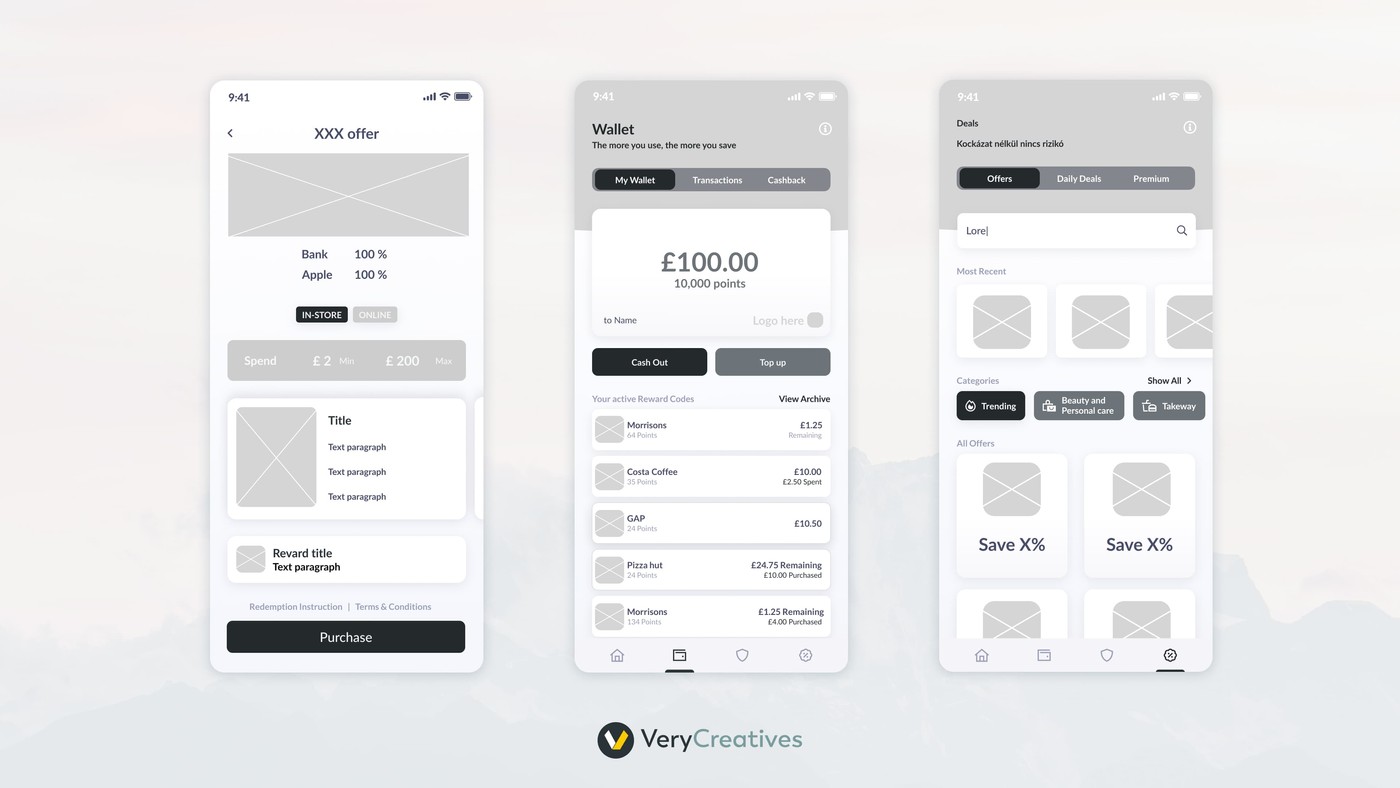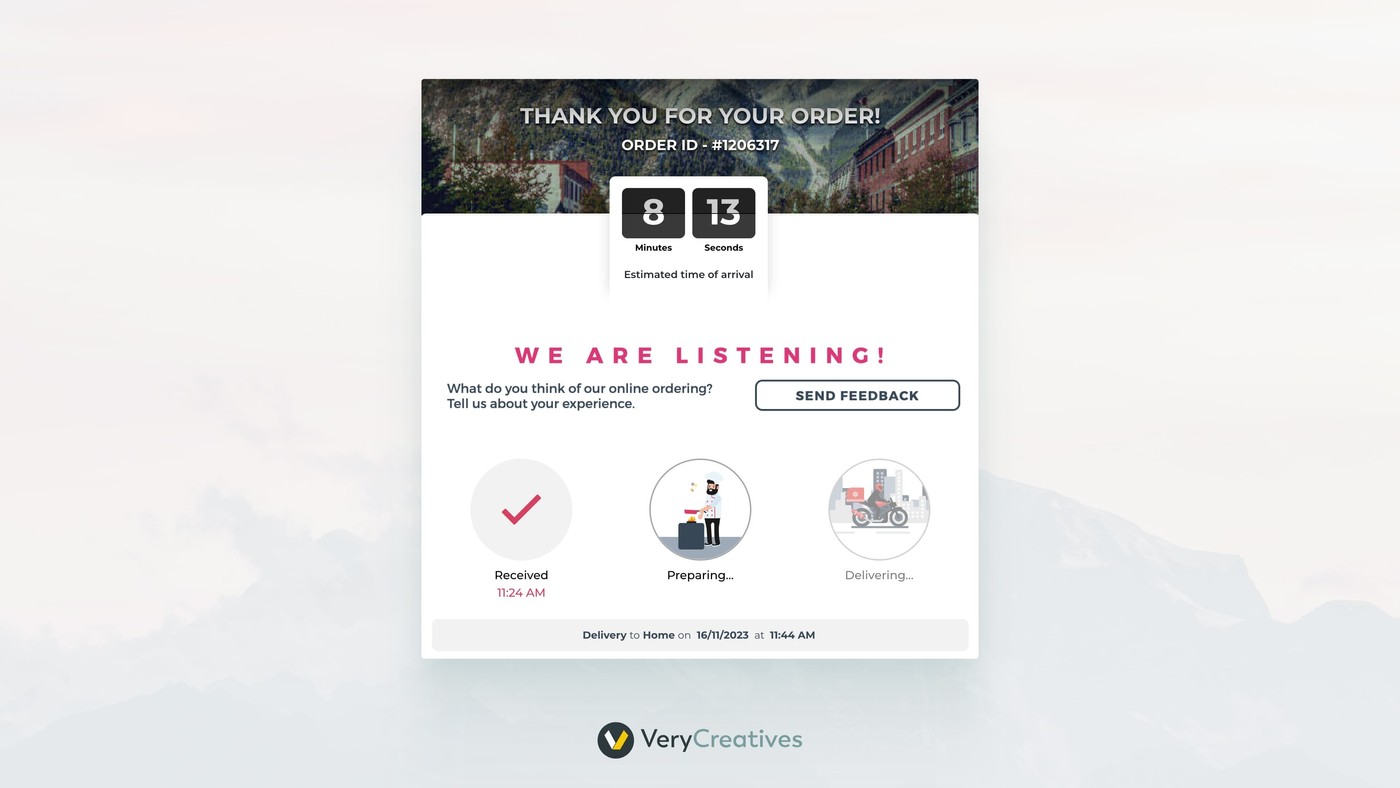There’s one question all startup founders would like to answer immediately:
“How will my customers receive my product?”
You put tons of effort into developing and marketing your product, so you can’t risk being completely ignored by the market.
And the truth is: you don’t have to risk anything. Instead, you start small and build a Minimum Viable Product (MVP) to confirm or deny the assumptions you have about your customers’ needs and expectations.
In this article, we’ll show you the benefits of building an MVP, how to do it efficiently, and what common mistakes to avoid.
Why do you need an MVP?
MVP is not just a startup buzzword. According to Eric Ries, the author of “Lean Startup”:
“[…] it actually allows businesses to collect the maximum amount of validated learning about customers with the least amount of effort.”
Here are four main reasons why MVP is important for any new product.
- Market Validation: Releasing a simplified version of your product can test if your product idea resonates with your target audience.
- Cost-Efficiency: An MVP lets you go to market without a big up-front investment in the product.
- Building Customer Loyalty: Using the feedback your MVP receives builds a stronger brand-customers relationship
- Attracting Investors: MVP helps you establish a clear vision, develop a viable solution for a validated problem, and build a loyal customer base. All these things can attract potential investors.
Now that we know why you need an MVP, let’s go through the entire process of building your MVP and going to market with it.
How to build your MVP
Building a successful product starts way before you get to the actual building. First, we need to establish some rules and guidelines:
Step 1: Identify the Core Value Proposition
The first crucial step in MVP development is defining the core value proposition that your product will offer to its users.
It begins with a thorough understanding of your target audience. The idea is to comprehend their behavior, demographics, and preferences.
To craft an MVP relevant to the users, it should clearly define the problem.
The more precise and detailed your problem statement, the easier it becomes to design an MVP that directly tackles it.
Take a look at two examples below:
✅ “Local small businesses struggle to effectively engage with their community online due to limited resources and expertise in digital content marketing. They require an affordable, user-friendly platform that simplifies the creation and distribution of engaging digital content to increase their online visibility and customer engagement.”
❌ “Businesses need to improve their online presence and increase profits by adopting a comprehensive suite of digital marketing tools that encompass social media management, content creation, SEO optimization, email marketing, and analytics tracking.”
The first statement identifies the target users (local small businesses), their problem (difficulty in engaging with the community online due to resource and expertise constraints), and hints at a potential solution (an affordable, user-friendly platform for content creation and distribution).
The second statement, on the other hand, is too broad and lacks specific focus on a singular, testable problem. It suggests a complex solution that covers multiple areas of digital marketing, making it difficult to develop an MVP that addresses a specific need effectively and efficiently.
Such a broad scope can lead to overcomplication and resource strain in the early stages of product development.
The goal is to create a solution that focuses on the most important aspect of your business model with a customer-centered mindset.
Once that’s done, you will now define your core value proposition. It doesn’t have to be too complex - simply start by describing why your solution is better. For example:
“Our platform provides an easy-to-use, cost-effective solution for local small businesses to enhance their online engagement. By simplifying creating and distributing engaging digital content, we empower these businesses to increase their online visibility and customer interaction, even with limited digital marketing expertise or resources.”
This core value proposition focuses on ease of use and affordability. Plus, it highlights the specific benefit of improving online engagement for small businesses, addressing the core needs identified in the problem statement.
Remember, the main idea is to communicate your core value proposition in the most simple yet compelling way. This will increase your chances of attracting the right customers to your product and simplify communication within your team.
The development becomes smoother when everyone’s on the same page about your product’s direction.
Step 2: Sketching your ideas
The next essential step is to give shape to your ideas through sketches or wireframes. Here’s why this phase is imperative:
- Importance of Visualization: Sketching and wireframing are visual tools that allow you to transform abstract ideas into blueprints that enable you to see the product’s potential structure and layout.
- Easy iteration: You can tweak concepts and ideas before anyone proceeds with the product’s development. This will help you avoid any weak points of your idea.
- Collaboration: Involve team members, stakeholders, and potential users in this visual process to gather early feedback and refine your ideas. It’s an opportunity to validate your designs with the expectations of your target audience.
To guide you through this process, we start with a scoping workshop where we define your project’s flow, the placement of the most important objects, and the overall goals of your product.
This helps us identify any design issues and potential problems early in the development process. This proactive approach saves time and resources you’d spend on corrections in later stages.
To create the first rough drafts of your product, all you need is a pen and a piece of paper. You can draw all the elements you plan to include in your product and decide if they help your audience achieve their goals.
Here are some examples of wireframes we drew during our workshops:

If you’re not a fan of drawing, you can use multiple wireframe tools, like Figma, Sketch, or Adobe XD. They contain reusable component kits with the most prominent elements of any software solutions, such as search boxes or navigation items.
Remember, though, that sketches and wireframes aren’t set in stone. They serve as a foundation for improvement. As you receive feedback and new insights, you can refine your designs, making them more user-friendly and aligned with the core value proposition.
You may also involve potential users in the sketching process. They can share their needs and expectations, which you should include in the MVP to build resonance with your target audience from Day 1.
After the wireframes are done, time to create the first prototype of your product:
Step 3: Develop a prototype
Here, you take your concepts and start shaping them into a basic product.
A prototype can help you test user flows or specific features’ usability before you move on to the development stage.
Building a prototype isn’t always necessary, though. If you’re ready to go to market with your product, it’s better to skip the prototype and move to the development process.
But if you’re still unsure about the market size or the problems your product solves, prototyping can answer all those questions and help you move forward with more information about your niche.
Step 4: Release the MVP
After you’ve built a viable solution to your target market’s challenges, time to let the first users in.
Monitor how the users interact with your product. If you have the budget for it, organize a controlled testing environment and invite users to participate in focus groups and customer interviews.
But even when you can’t invest in a controlled testing of your product, you still have plenty of options to gather the early adopters’ feedback.
For example, you can invite your users to participate in a short online survey by sending them an email or a notification within the app you’ve built. This is how Locale, one of our clients gathered tons of feedback without any additional cost:

We could later identify patterns in the feedback and use them to develop further iterations of the product.
Step 5: Iterating and improving
While collecting feedback is one step, the real magic happens when you analyze this input and utilize it to polish your MVP.
To do it efficiently, you should organize your feedback into categories, such as critical issues, positive feedback, unclear user flow, etc.
Then, see which feedback aligns with your MVP’s core value proposition and is feasible to implement. Prioritize changes based on impact and resource availability.
Finally, test these changes with real users to ensure they effectively address the identified issues.
Keep a close eye on how these improvements also impact your business metrics. Are KPIs improving? Are there positive responses from the users?
Some examples of successful MVP iteration include:
- Spotify: Spotify started as a basic music streaming service with an MVP that allowed users to access a vast library of music. Over the years, they iterated by adding features like playlists, personalized recommendations, and collaborative playlists.
- Dropbox: Dropbox’s MVP was a simple file-sharing and cloud storage service. They iterated by adding features like file syncing, sharing permissions, and collaboration tools. This approach allowed them to improve their product and become a widely used cloud storage solution.
- Twitter: Twitter’s initial MVP was a basic microblogging platform. They iterated by adding features like hashtags, retweets, and multimedia support, responding to user behaviors and market demands.
As you can see, even massive, successful companies started with a smaller feature scope and built upon it as their product grew. This iterative approach saves you from overwhelming your MVP with features that don’t validate your product idea directly.
Measuring success
Measuring the success of your MVP is another critical aspect of the product development process. It allows you to assess whether your concept is valid and provides valuable insights for further development and refinement.
To measure MVP success effectively, you must identify and track key performance indicators (KPIs) specific to your product and industry.
Here’s what you need to know about MVP success through KPIs and leveraging data for learning and improving:
User Engagement
Engagement includes metrics such as:
- Number of active users
- Session duration
- Frequency of interactions with your product
If the frequency of interactions with your product is high, it shows that your MVP is resonating with your target audience and becomes a part of your users’ daily routine. It’s a great sign you’re on the right track to build a product that consistently helps your customers resolve any challenges they face.
User Satisfaction and Net Promoter Score
Collect feedback through surveys or user reviews to measure their satisfaction. High user satisfaction indicates that your MVP is meeting user expectations and needs.
One specific metric that helps you measure the success of your app is Net Promoter Score (NPS). It indicates the percentage of people willing to share info about your product with others.
A high NPS score indicates that your users can soon become your brand’s ambassadors, helping you organically spread information about your product.
Feedback and bug reports
Monitor the quantity and quality of user feedback and bug reports. Organize them in one place and find a workflow that allows you to address the feedback consistently.
One of our non-tech founder clients personally called every early user who filed any reports to identify their problems and needs. This is a great way to improve the product based on customer feedback.
Don’t forget to communicate the changes in your app, too. You can use push notifications to inform about recent updates or send regular changelogs to your users via email.
Final thoughts
MVP is the first step of your journey toward creating an excellent product. It builds a strong habit of adaptability and resilience within your organization, prepping you for later stages of product development.
If you want to take this step right away, book your free call with us right away and let us guide you through your first MVP development.